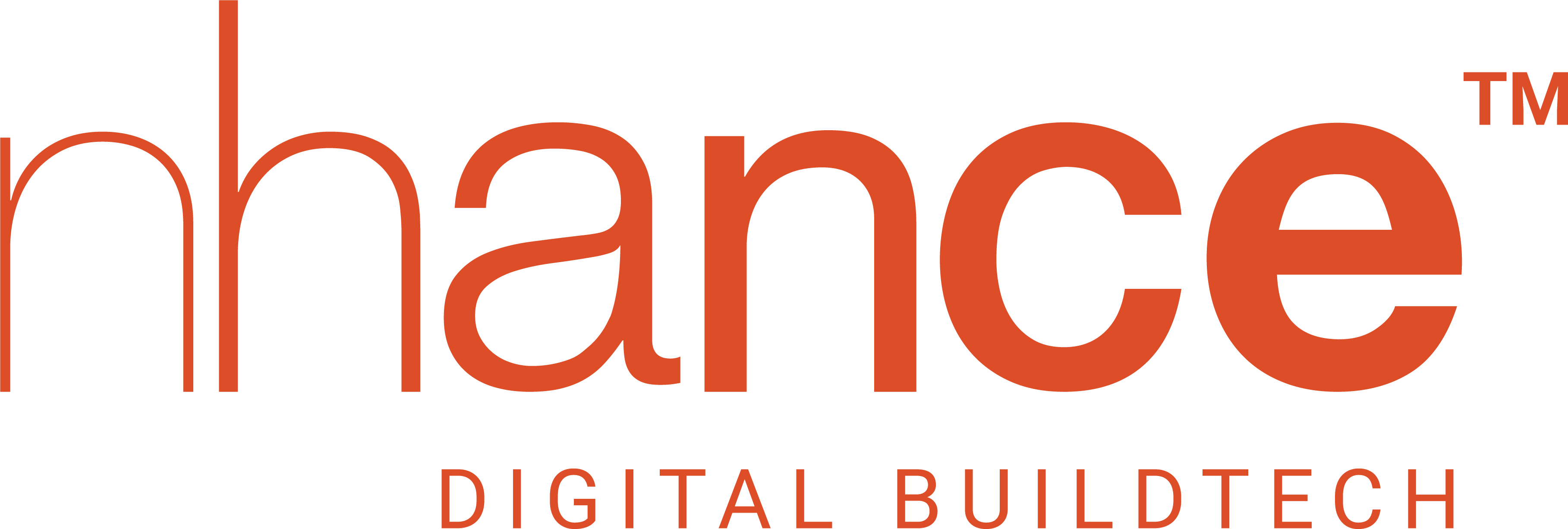Today’s fiercely competitive and dynamic business landscape requires market players to be innovative and efficient. Together with this, other emerging themes of sustainability, digital transformation, 5G, and net zero, are driving the market participants to go all-out in order to stay ahead of the curve. Accordingly, businesses are banking on innovative strategies and the latest technology to keep up with the Industry 4.0 revolution.
One of those many innovative measures that industries are keenly eyeing is Digital Twin Technology. The future-facing ‘Digital Twin’ technology has become increasingly important in recent years. In fact, its more collaborative version, “connected digital twins”, is gaining ground owing to its potential to effectively impact businesses at all levels, from decision-making to leading sustainability goals.
What is Connected Digital Twin?
Connected Digital Twins are digital twins connected across organisational and sectoral boundaries. The ecosystem of Connected Digital Twins is made up of federated models and necessitates the establishment of a standard architecture to communicate data across organisational boundaries. The data of connected digital twins is explicitly and transparently owned, administered, and regulated.
Leveraging Connected Digital Twin In Commercial Real Estate
Connected Digital Twin has what it takes to be a potentially invaluable commercial tool for the real estate sector because it can effectively help the sector with its green building goals in addition to facilitating seamless management.
Connected digital twins can aid in the development of sustainable processes in commercial real estate because the environments surrounding commercial real estate buildings are complex. When the dynamics are entwined in complex environments, connections between twins provide the systems view to explain the measurable benefits of sustainable welfare.
Advocating the deployment of a standard, open-source architecture for a network of connected digital twins in the commercial real estate sector can make it possible to share data linkages between digital twins across organisations and hierarchies in the sector.
Connected Digital Twin in commercial real estate can be leveraged in the following areas:
Resource Optimization: Infrastructure use and management durations are far longer than the periods of planning, designing, building, and commissioning. Thus, by enabling predictive maintenance it can save a lot of time and resources. Adopting a standard architecture for data sharing offers various advantages, including reducing costs and friction as the ecosystem expands. This next-level business intelligence integrates data from multiple systems to better understand the current status quo and what-if scenarios. The integrated data allows for comprehensive insights and thus for improved management of resources and space.
Environmental Efficiency: It can help to optimise urban heat and enhance air quality, safeguard ecosystems and restore habitats. Connected digital twins are essential to address the three major systems-level problems of net zero, climate resilience, and the circular economy in the commercial real estate sector. They enable a connected flow of information which can not only improve the results for built environments but also for people, the environment and society.
Operational Efficiency: By adopting a collaborative environment and infrastructure of Connected Digital Twins, the built environments can promote learnings, best practices, direction, and other important information sharing. Such technology can better comprehend system interdependencies and help to make more informed decisions.
Using Connected Digital Twins, data from natural systems and the built environment can be combined to offer the knowledge necessary to guarantee that ecological and geophysical constraints are not exceeded. Thus, it can help the built structures to achieve long-term sustainability and to continue operating well in the face of unforeseen difficulties like dramatic temperature changes, natural disasters, and infectious diseases through predictive data.
Greater efficiency can be ensured by integrating purpose-driven models into a network of connected digital twins to ensure that each model continues to meet the demands of its primary user while simultaneously producing data that is available to a larger portion of society.
Predictive Maintenance: Retrofitting and renovating old assets is becoming increasingly crucial as the economy transitions to a circular one and emphasis is put on embodied carbon. Research makes it abundantly evident that by concentrating on the linkages between processes, we can increase the value of current assets through predictive maintenance. The connected digital twin system helps to intervene more successfully and access the information that was previously getting stale in silos.
Employee Wellbeing: Using this technology, a building owner can learn important details about how a commercial real estate space can be improved for the people. Its use can help to moderate traffic flow in the facility, optimise resource use, enhance the comfort and wellness of tenants, visitors, and employees and improve the overall efficiency and sustainability of buildings.
Competent industries are embracing Industry 4.0 by automating processes and introducing cutting-edge technology to improve human capital while saving time, money, and resources. The market players leading technological and data-related breakthroughs will come out on top and experience an increase in their revenues and market share. Though for the commercial real estate segment, connected digital twins is a very new idea, this ground-breaking technology will soon address many of the difficulties that well-established buildings face as the real estate industry enters a new era of digital change and sustainability.








